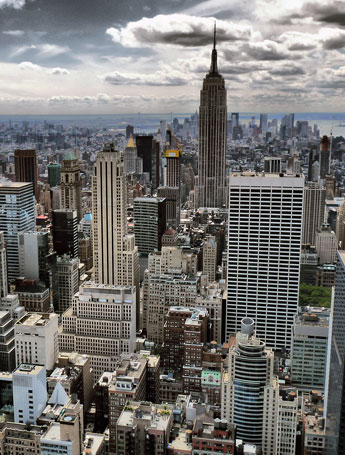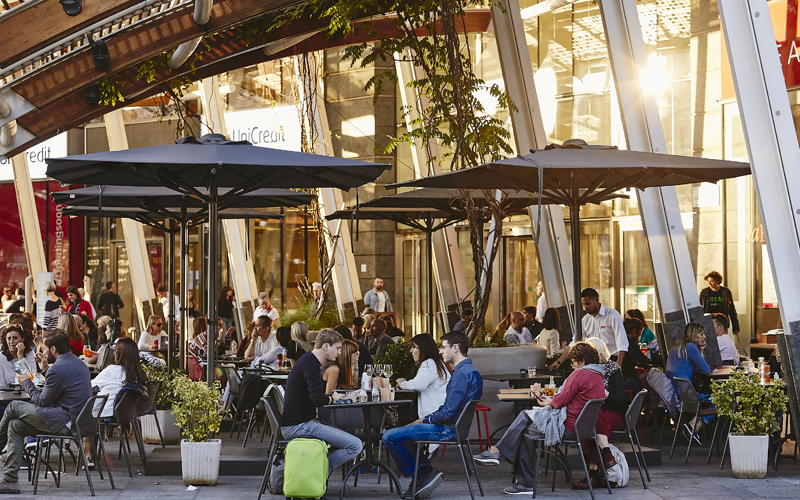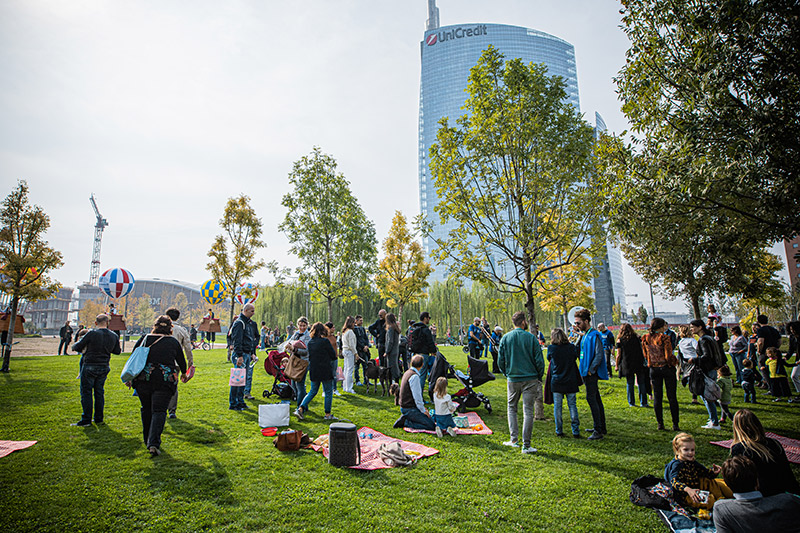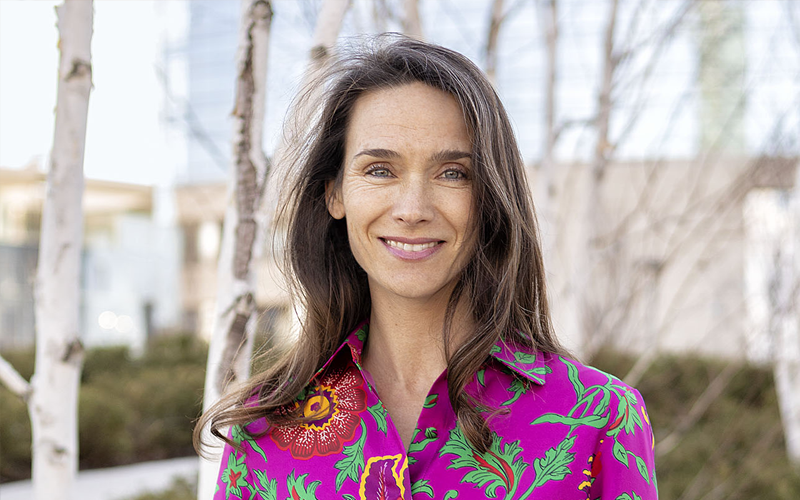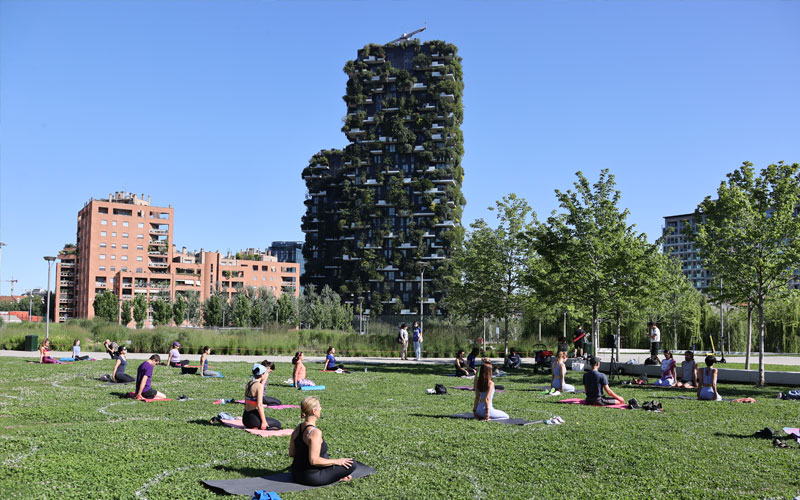The new legislation passed by the New York City Council makes it possible to block projects that do not comply with the required environmental and emissions-reduction standards.
But rather than an end, this is a new beginning. The high-rise trend in building projects is destined to continue but with ever greater responsibility towards the environment and individual well-being. This transition began in 2008, a year that marked a rupture between profit-driven self-affirmation (including through the race to build "higher"), and attention to sustainability, which has gradually become the norm.

"The crisis has taught us that growth can only exist if it is sustainable," points out Manfredi Catella, founder and CEO of COIMA, "and that projects must be conceived with a view to the long term, paying attention to communities and to future generations."
While on the one hand there is a shift away from having to demonstrate a certain architectural "supremacy" through high-rise buildings, on the other hand there is an increasing need for people who live and work in cities to reclaim public space and benefit from new gathering places.
There are also cultural and social reasons, not just environmental ones, for driving forward more sustainable construction. In fact, people's habits and their way of experiencing recreational and working spaces have altered, with a growing preference for places where benefit is to be gained from sharing. This means that the vertical and hierarchical approach to construction in many cities now leaves more room for a new way of conceiving the urban surround: so-called "Human cities" are beginning to take shape, in which it is social aspects that take pride of place.
The nerve centre of this "urban triangle" - which makes the most of its open spaces by turning them into experiences - is Piazza Gae Aulenti, named one of the finest squares in the world also in terms of innovation and environmental sustainability. What makes it truly unique is its ability to promote social gathering: a place where people are happy to stop, making it somewhere to meet up and enjoy themselves.
"The reconnection of green and pedestrian areas is one of the main themes of the Porta Nuova vision. BAM consolidates a pedestrian area of over 160,000 sqm extending beyond the park's borders, merging with the surrounding neighbourhoods and becoming a model of urban planning that can create places of inclusion, of meeting, of exchange, of aggregation; physical places that in the digital age are becoming increasingly important in responsible developments designed with people's needs in mind."
These are urban regenerations that reflect a new "humanizing" architectural concept that is establishing itself globally, based on respect for the environment and for a liveable life, with the aim of enhancing people's lives and meeting their needs.
A city is not gauged by its length and width, but by the broadness of its vision and the height of its dreams.
Herb Caen


